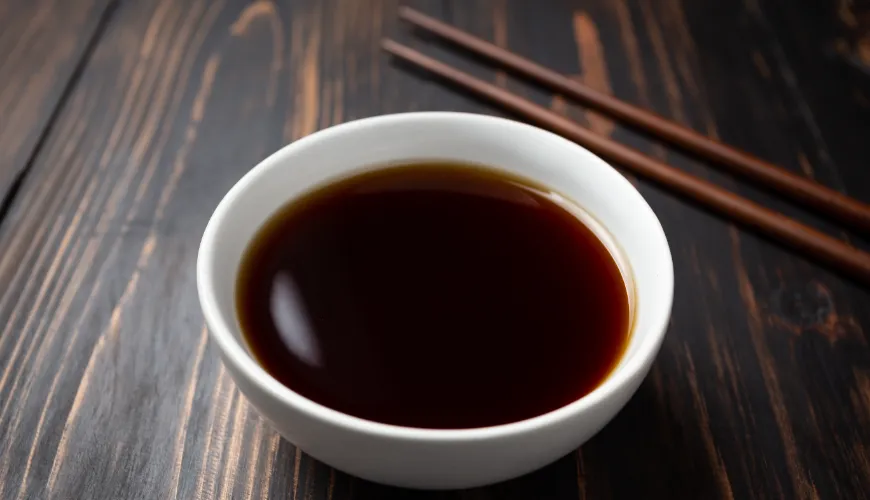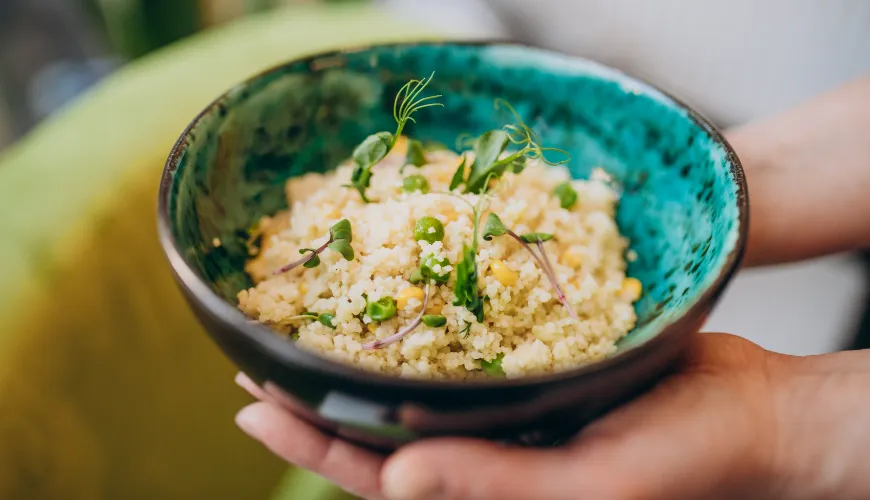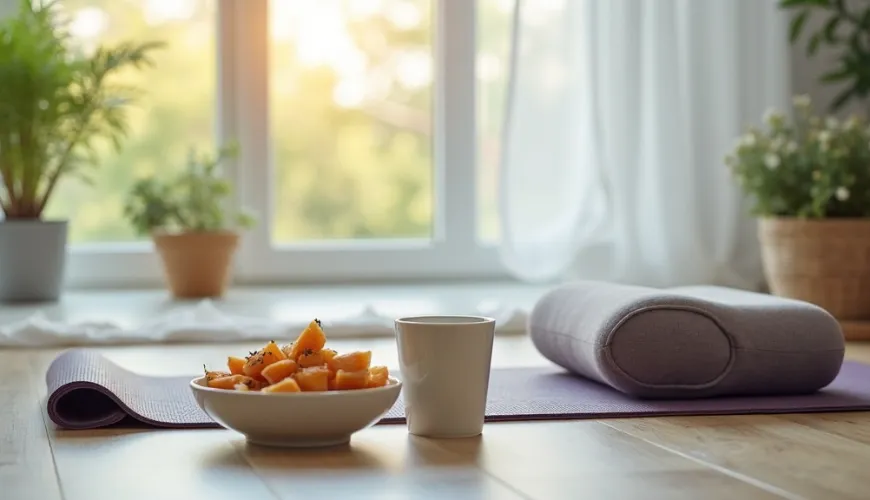
The secret to delicious couscous revealed

How to Cook Couscous
Couscous is a popular ingredient that is winning the hearts of cooks around the world, especially for its simplicity and versatility. This article will guide you through a detailed process on how to cook couscous to make it tasty and fluffy, and we’ll also add some tips and tricks for perfect results.
What is Couscous?
Couscous is a traditional dish from North African cuisine that is now commonly used worldwide. It is made from durum wheat semolina, which is mixed with water and shaped into small balls. Couscous can also be made from other grains, such as barley or millet, offering various flavors and textures.
Basic Preparation of Couscous
The basic preparation of couscous is very simple and quick. Just follow a few steps, and you’ll be done in a few minutes.
Ingredients:
- 1 cup of couscous
- 2 cups of water or broth
- A pinch of salt
- A tablespoon of olive oil or a piece of butter (optional)
Instructions:
- Prepare the water or broth: First, bring the water or broth to a boil. If you want to add more flavor to the couscous, we recommend using vegetable or chicken broth.
- Add the couscous: Add a pinch of salt and a tablespoon of olive oil or butter to the boiling water or broth. Then stir in the couscous, remove the pot from the heat, and cover with a lid.
- Let the couscous swell: Let the couscous sit for about 5 minutes to absorb the liquid and soften.
- Fluffing: After 5 minutes, uncover the pot and gently fluff the couscous with a fork to separate the grains and make it fluffy.
Tips and Tricks for Perfect Couscous
Water to Couscous Ratio The correct water to couscous ratio is crucial for achieving the ideal consistency. Generally, for 1 cup of couscous, you need 2 cups of liquid. This ratio may slightly vary depending on the type of couscous, so always check the instructions on the package.
Flavoring Couscous is like a blank canvas that you can season to your taste. Before adding the liquid, you can mix various spices into the dry couscous, such as turmeric, paprika, or even saffron. You can also add fresh herbs, lemon juice, or zest to give the couscous more freshness.
Oven Preparation For more even cooking, you can also prepare couscous in the oven. Spread the couscous in a thin layer on a baking sheet and pour boiling liquid over it. Cover the sheet with another baking sheet or plastic wrap and let it sit. This method ensures that the couscous doesn’t clump at the bottom of the dish and cooks evenly.
How to Serve Couscous
As a Side Dish Couscous is a great side dish for both meat and vegetarian dishes. It pairs well with roasted meats, grilled fish, or vegetables. You can also serve it with various sauces that add another layer of flavor.
Couscous Salad A summer couscous salad is a refreshing and light dish that you will love. Simply add fresh vegetables such as tomatoes, cucumbers, peppers, and herbs to the prepared couscous. You can also add feta cheese and olives, giving the dish a Mediterranean touch.
Sweet Dishes Couscous can also be part of sweet dishes. You can prepare it with milk, honey, dried fruit, and nuts. This results in a sweet breakfast or dessert.
Advanced Couscous Preparation Techniques
Toasting Couscous Toasting couscous before cooking can add extra depth of flavor. In a dry pan, heat the couscous until it starts to turn slightly golden. Then continue with the basic recipe. This step adds a nutty flavor and interesting texture.
Steaming Couscous Steaming couscous is a traditional method that ensures a finer and fluffier result. You need a special steamer or a fine sieve. Place the couscous in the sieve and set it over a pot of boiling water. Steam for about 10-15 minutes, stirring occasionally.
Storing and Reheating Couscous Cooked couscous can be stored in the refrigerator for up to 3 days. When reheating, add a tablespoon of water or broth so the couscous doesn’t dry out. Heat it gently on the stove or in the microwave.
Nutritional Values of Couscous
Couscous is rich in carbohydrates and protein. It also contains important minerals such as iron and magnesium. It is low in fat and easily digestible, making it an ideal component of a healthy diet. Its nutritional values may vary depending on the grain used.
Regional Variations and Recipes
North Africa In North Africa, couscous is often served with stewed meat, vegetables, and spiced sauces. Traditional Moroccan couscous includes a mix of chicken, carrots, zucchini, pumpkin, and chickpeas, along with spices like ginger, saffron, and cinnamon.
Middle East In the Middle East, couscous is often prepared with lamb and dried fruits such as raisins and apricots. This style of preparation is popular for its sweet-salty flavor combination.
Europe
In Europe, couscous is often used as a base for various salads, similar to tabbouleh. Mixing it with fresh vegetables, herbs, and lemon juice creates a refreshing dish that is perfect for summer lunches.
Preparing couscous is easy, quick, and offers endless possibilities for variations. Thanks to its versatility, couscous is ideal for everyday cooking and festive occasions. With our guide, you now know how to cook couscous to perfection. Experiment with different ingredients and find your favorite combination.
Is Couscous Gluten-Free?
Couscous is generally not gluten-free as it is made from wheat that contains gluten. However, there are alternatives available for individuals with celiac disease or gluten sensitivity. Gluten-free versions of couscous made from corn, rice, quinoa, or millet can be found on the market, offering a similar texture and versatility as traditional couscous. When purchasing, it’s always important to carefully check the product's composition to ensure it is truly gluten-free and suitable for a gluten-free diet.
We hope you come to love couscous just as much as we do. We wish you much success in the kitchen and bon appétit!

